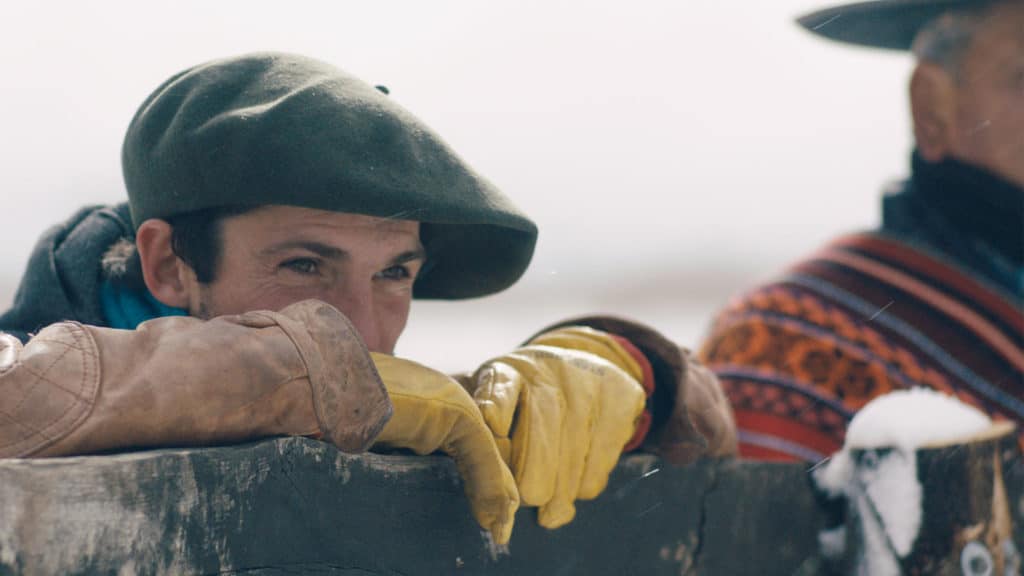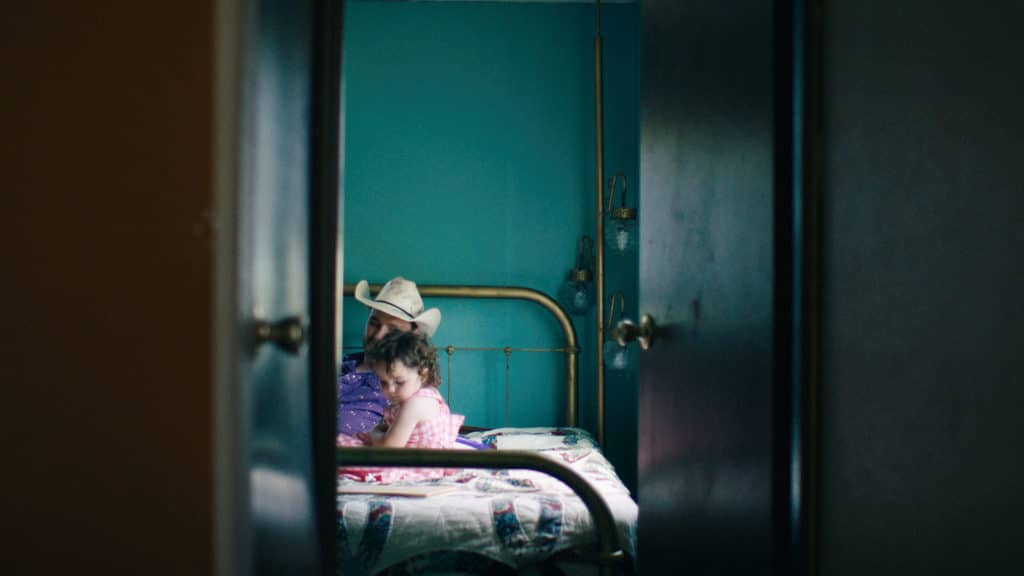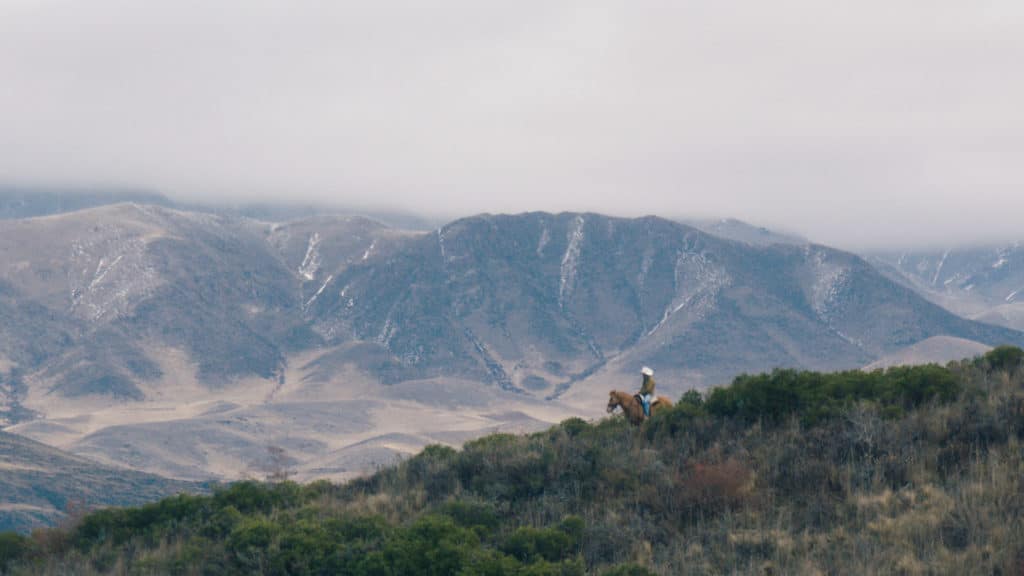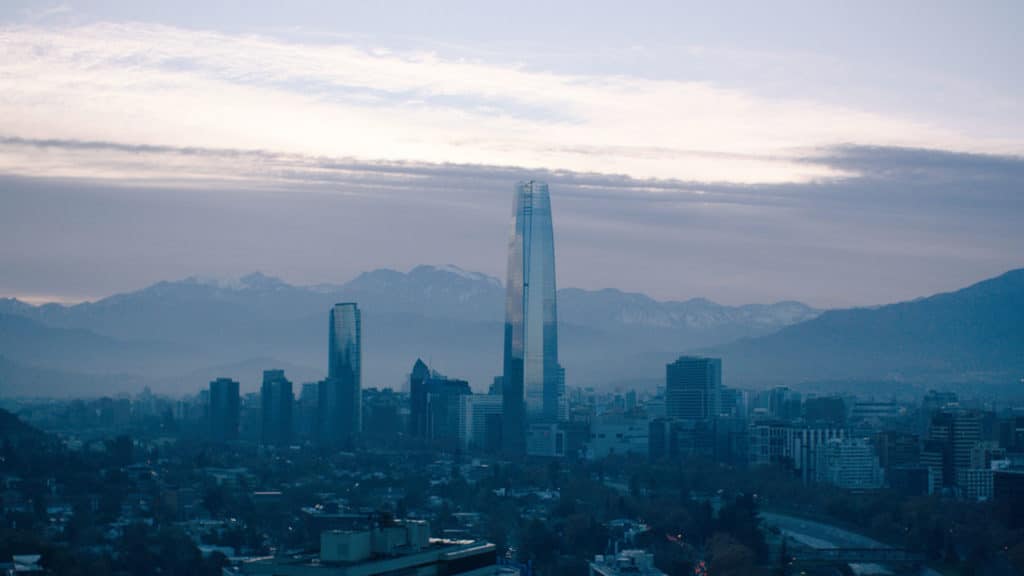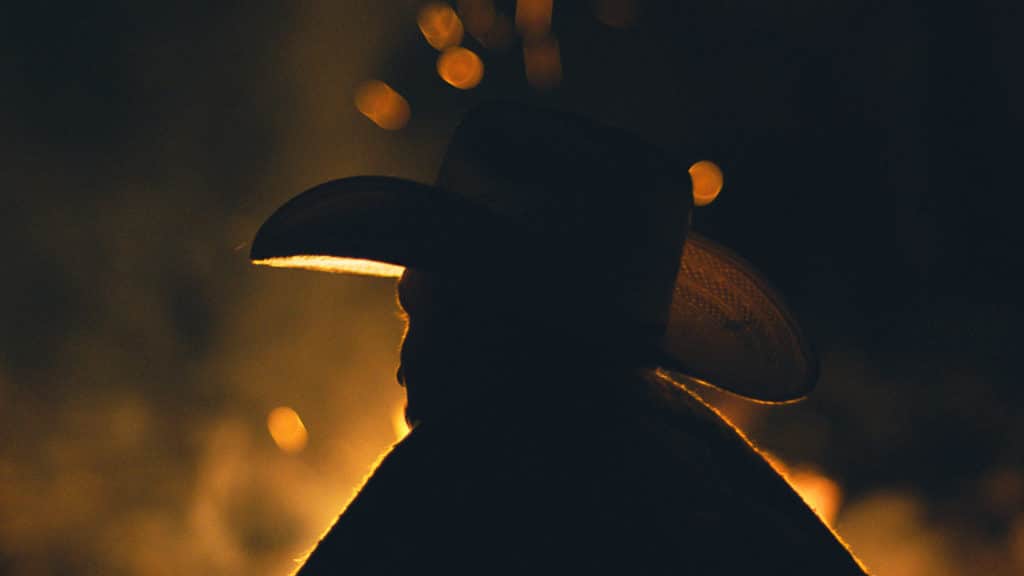In his wide-brimmed hat and leather boots, Brady Jandreau looks as though he stepped out of a sepia-toned photograph. Spaghetti Westerns have ingrained the idea of the American cowboy into the country’s collective mythology.
To most, these are larger-than-life figures with the chiseled jawline of Robert Redford and weathered features of John Wayne that exist only in flickering celluloid. Jandreau, however, is the real deal, a flesh-and-blood embodiment of a centuries-old tradition with an origin story worthy of the golden age of Hollywood.
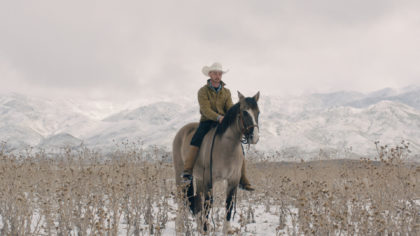
Riding and wrangling horses was as synonymous with life as breathing on the vast plains of the Pine Ridge Oglala Lakota Reservation in South Dakota, where Jandreau grew up.
His father carried him on the back of a horse when he was just 13 days old. It would be months before Jandreau’s first smile and more than a year before his first steps, but from that first moment in the saddle, his fate was already set.
By the time he was a year and a half old, he was able to ride a gentle, aging mare solo, under the watchful eyes of his proud parents. At the age of two, he made his debut on the rodeo circuit atop the back of a bucking sheep.
“They call that the mutton-busting competition,” Jandreau says in his languid Midwestern drawl. With a shy laugh, he adds, “I didn’t win at the rodeo that day, but I started winning soon after.”
Jandreau has often wondered if he was born in the wrong era. He has never minded following his own path but sometimes feels out of sync with much of modern society.
That sense of disconnection would ultimately send him on an adventure in search of kindred souls further afield when he took part in the Marriott Bonvoy StoryBooked documentary series in Argentina and Chile, where he stayed at the Sheraton Santiago Hotel and Convention Center.
While he had traveled around the United States as a child with his grandfather, this particular journey would bring him thousands of miles farther south to Patagonia, Argentina, where another sort of cowboy roams. After flying into Mendoza, he traveled to an estancia up in the mountains.
“The estancia is pretty much like a ranch, but it’s a whole different world down there,” Jandreau says. “It’s more like the old times.”
The gauchos are similar to our cowboys in a lot of ways, but they hold true to their traditions a little tighter.
Brady Jandreau
Gauchos, the legendary horseback riders and cattle ranchers of Argentina, have a culture entirely of their own. Like Jandreau, who is part Lakota Indian, most of these men and women have indigenous blood running through their veins. And like their American counterparts, the gauchos share a nationalistic importance and an air of enigma.
Few outside of their closed world can understand them, yet many in Argentina look to them as a symbol of independence, of a life bound by different rules than those that constrain much of society.
Four gauchos, Juan, Lucas, Daniel and a mysterious older man they referred to as “El Toro,” rode out to meet Jandreau.
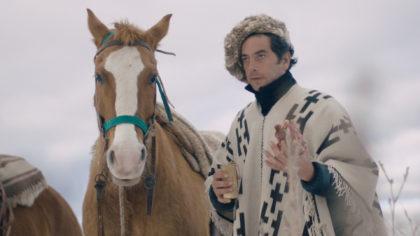
“They called him ‘El Toro’ because he was a great big guy, and they all showed him a lot of respect. His hands were about as big as dinner plates,” Jandreau says. “The gauchos are similar to our cowboys in a lot of ways, but they hold true to their traditions a little tighter.”
Jandreau quickly discovered that he and the gauchos had a great deal in common, despite growing up in separate hemispheres. Over campfires on the wind-swept plains, a powerful bond grew between the men.
“It’s remarkable to meet people from a different part of the world that aren’t so different at all. Their whole persona is similar to the people I’m familiar with. We connected over the same things,” Jandreau says. “I think it was inevitable on some level. A lot of it comes down to the horsemanship, even though we have our own ways of working with horses.”
Before long, Jandreau and his newfound comrades settled into an easy rhythm. Every day, the men would share sweetened mate tea from a single cup with a metal straw. Jandreau grew so accustomed to the ritual that he continued drinking mate once he returned to the States.
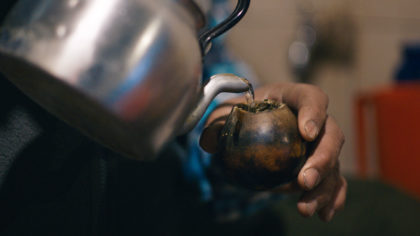
“Mate wakes you up in the morning, it helps you go to sleep at night, and it clears up your sinuses. There are all kinds of benefits,” he says. “The act of sharing brings this sense of unity. You keep passing the cup until someone says gracias to indicate that they’re done.”
Cooking out on the open range can be a tricky proposition, but the gauchos were well-equipped. They salted a rack of beef short-ribs to cure them, then packed them in the saddlebag.
“We just sliced up the short-ribs and cooked them over a campfire. It was probably the best beef I’ve ever eaten,” Jandreau says. “There were cattle in Argentina before there were cattle in the American West. For the gauchos, life still revolves around raising them.”
One afternoon, Jandreau rode out alone from the estancia up in the mountains near Mendoza where he and the gauchos were staying. Although it was summer back at Jandreau’s home in South Dakota, patches of snow lay on the ground in Patagonia. The Andes Mountains loomed in the backdrop against a milk-colored sky. It was there that he spotted a herd of wild horses.
“Truly wild horses are completely unheard of in the United States, so it was an incredible experience to meet these horses from the mountains,” Jandreau says. Most of the criollo horses who roam these plains are descendants of animals brought over by the Spanish. “For generations and generations, they’ve run wild out here, as wild as deer.”
Right away, Jandreau locked eyes with the leader of the horse herd, a seven-year-old grulla with a white star strip running the length of his face. When he brought him back to the estancia, the gauchos named him Ceniza, for his shaggy coat the color of slate, but Jandreau still calls him by the English translation, Ash.
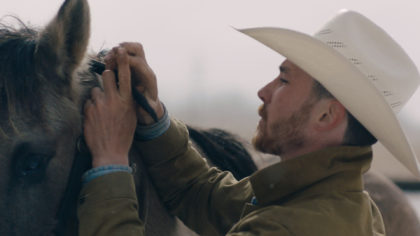
“Each horse is an individual. They’re a being with a spirit and a soul and mind and heart,” Jandreau says. “Approaching a horse for the first time is just like when you meet a new person. You have to give them a reason to like you because otherwise, you can’t just make a 1,200-pound animal do something it doesn’t want to do.”
Few trainers would dare to try and tame a seven-year-old wild horse that had never borne a rider. But as the gauchos watched, Ash slowly began to warm up to Jandreau.
Little by little, this real-life horse whisperer soothed the animal’s fear. Ash began to accept gifts of food and to allow these new humans to approach. When Jandreau finally leapt onto the horse’s back, the duo was ready to ride.
Once I have that connection with a horse, I can get him to do just about anything if I have enough time.
Brady Jandreau
“Ash had enough curiosity in his eyes, and enough brains, that I knew if I could get him to listen to reason, he would,” he says. “After giving him enough space and comfort, I could tell that he trusted me. Once I have that connection with a horse, I can get him to do just about anything if I have enough time.”
It was an extraordinary moment, one that these former strangers from two continents could all appreciate.
Both the American cowboys and the Argentinean gauchos live according to the strict codes of a vanishing way of life. While the exact nature of those traditions may differ, there was a sense of mutual respect and understanding that transcended cultural barriers that day.
“I had a sense of belonging there, like maybe I’d found my people,” Jandreau says. “Few people in the United States live the way I do, so it meant a lot to meet others who understood. It was truly the experience of a lifetime for me.”
When Jandreau tells this story to his daughter, he will speak about a wild horse named Ash, while his newfound friends will tell their children a tale of one named Ceniza. The meaning is one and the same.
